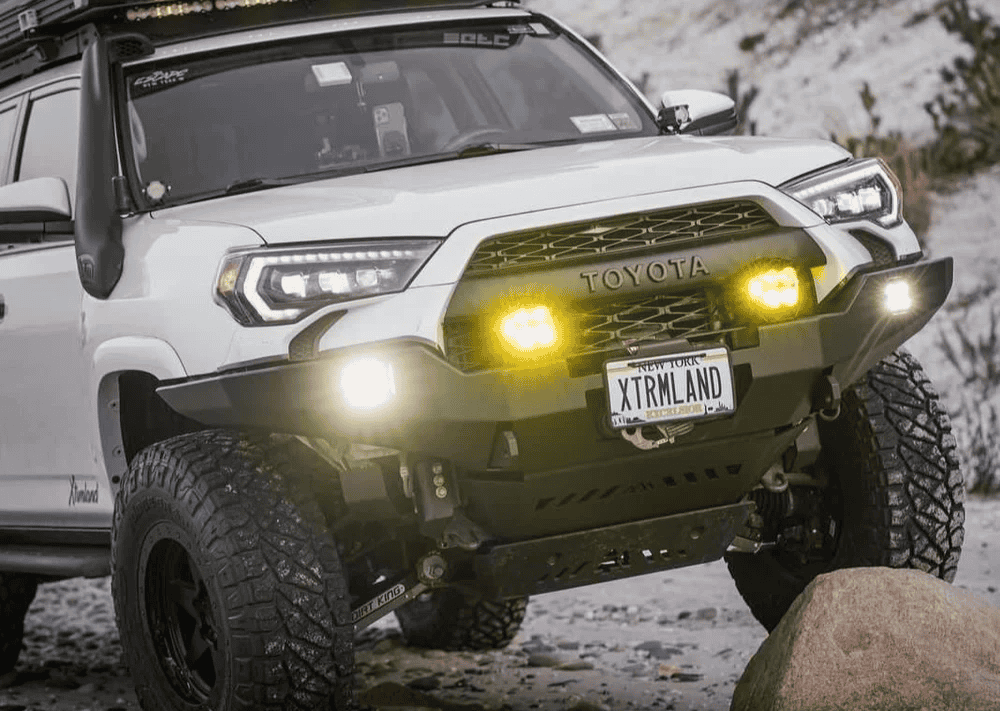Overland Vehicles

An overland car is built to carry people and equipment across long distances on a mix of pavement and rugged tracks while remaining street legal, safe, and comfortable. The goal is sustained travel, not competition speed or rock crawling heroics. Range, payload, reliability, and simple field service drive every decision.
Platform selection sets the foundation. Many start with midsize or full size SUVs, pickups, or vans because they offer space for water, power, spares, and sleeping. The right overland automobile carries its weight without drama, steers predictably on highway, and keeps traction on corrugated dirt and washboard. Interior organization matters as much as traction aids because fatigue and clutter slow every day.
The ethos is self sufficiency. That includes power for navigation and communication, water for cooking and hygiene, heat or cooling for comfort, and storage that keeps essentials accessible. A well planned overland car skips gimmicks and focuses on the basics that keep you moving when weather and terrain change.
Every system must earn its place. Think of the vehicle as a rolling base camp where each part supports travel range, safety, and rest.
Traction begins with tires. All terrain tread in the correct load rating and diameter protects sidewalls and preserves gearing. Moderate suspension lifts, matched springs, and quality dampers improve control over corrugations and reduce heat fade. Clearance is a byproduct, not the target. Drivetrain protection like skid plates and differential covers can prevent trip ending damage. Gearing and braking should remain balanced, so avoid oversized tire choices that stress components.
Modern travel depends on dependable power. A dual battery or lithium house system with smart charging from alternator and solar keeps fridges, lights, and comms online. Water storage should be secure, vented, and easy to fill with gravity or pump delivery. Plan for filtration at the source and at the faucet. In four season regions, portable heat and proper insulation extend the calendar, while ventilation prevents condensation. The best setups emphasize redundancy and straightforward maintenance.
Weight distribution makes or breaks handling. Heavy items live low and between the axles. Use secure tie down points, compression latches, and soft storage to quiet rattles. Recovery basics include a rated tow strap, soft shackles, traction boards, and a quality jack with a stable base. If you winch, match capacity to the vehicle weight and carry gloves, a line dampener, and a tree protector. Safety continues inside with fire suppression, first aid, and a tool roll that actually fits your fasteners.
Choosing an overland automobile company is less about flashy parts and more about process. Start with a clear use profile. How many riders, how many days between resupply, what climates, and what terrain type will you see most often. That input drives things like tank size, fridge capacity, tire choice, and the mix of cabin storage versus bed or roof solutions.
A seasoned overland car company should calculate payload with margin, document electrical loads, and spec components that are serviceable on the road. They will test fit gear, chase squeaks, and route wiring away from heat and abrasion. They will also tune suspension for real world weights, confirm alignment after any change, and verify that door seals, trim, and accessories do not compromise water management.
If your routes include long highway links and remote dirt, look for builds that prioritize comfort at speed and stability on uneven surfaces. That usually means practical tire sizing, careful aero for roof gear, and quiet interiors. A thoughtful partner will help you avoid novelty items and invest in the systems you will notice every day.
When you want to see how a professional shop approaches this, review our overview of rigs and planning. Explore explore overland rigs to understand platform options and layout thinking. For tailored projects that fit a specific route and payload target, see custom overland upfit. Curious about the team behind the process and the handoff experience, including testing and orientation, visit why choose OZK Customs.
A well planned overland car supports long miles without drama. The right overland automobile company turns a parts list into a balanced system that feels calm on the interstate and composed on rough county roads. If you prefer a builder who listens before they cut, we are ready to help.
Design the rig and the trip will follow. Share your must have routes, crew count, and gear list, and we will map a build plan that fits. When you are ready to move from research to reality, reach out and we will put a schedule on the calendar.
Ready to design a field proven overland car that fits your routes, climate, and crew size? Tell us how you travel and we will blueprint a reliable build plan, timeline, and budget. Tap the form and start your OZK consultation.
ADDRESS:
6159 E Huntsville Rd, Fayetteville, AR 72701
PHONE:
(479) 326-9200
EMAIL:
info@ozkvans.com